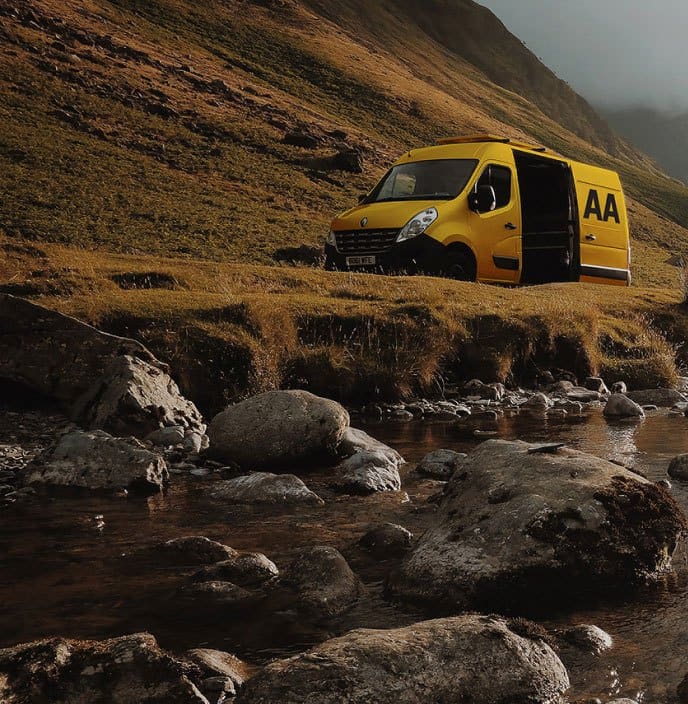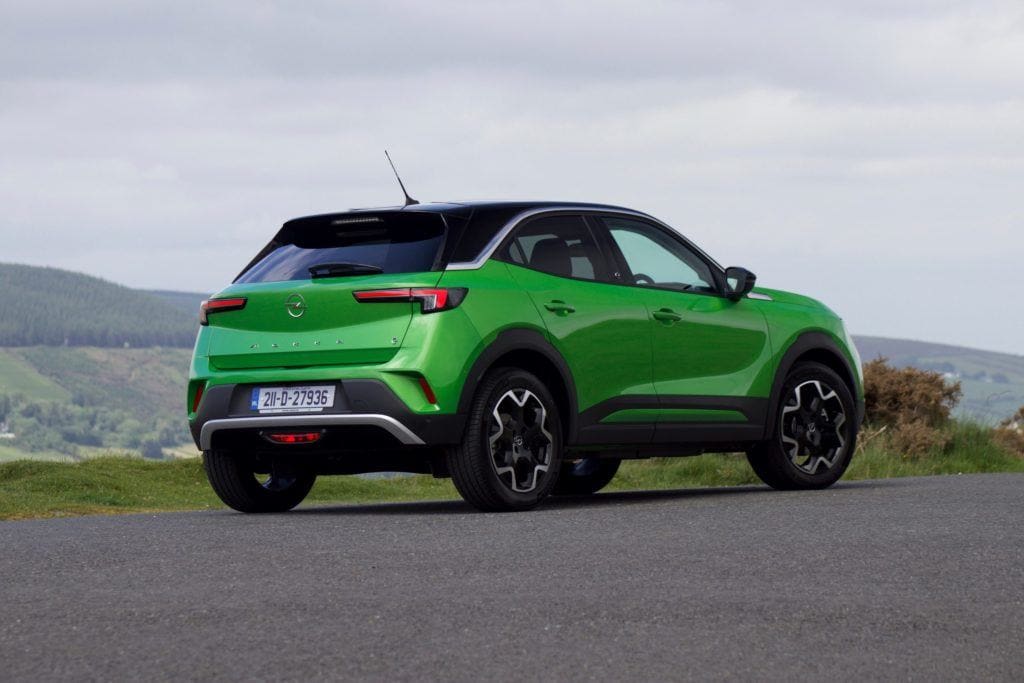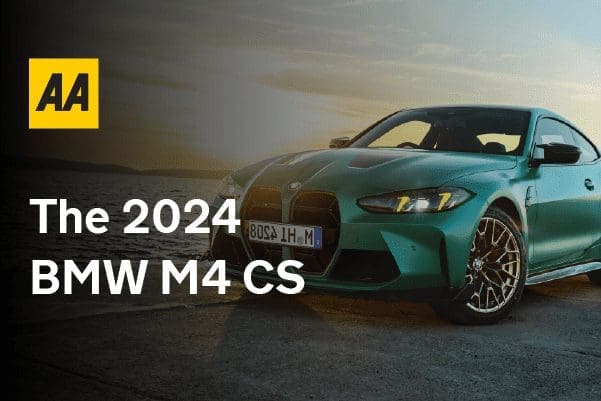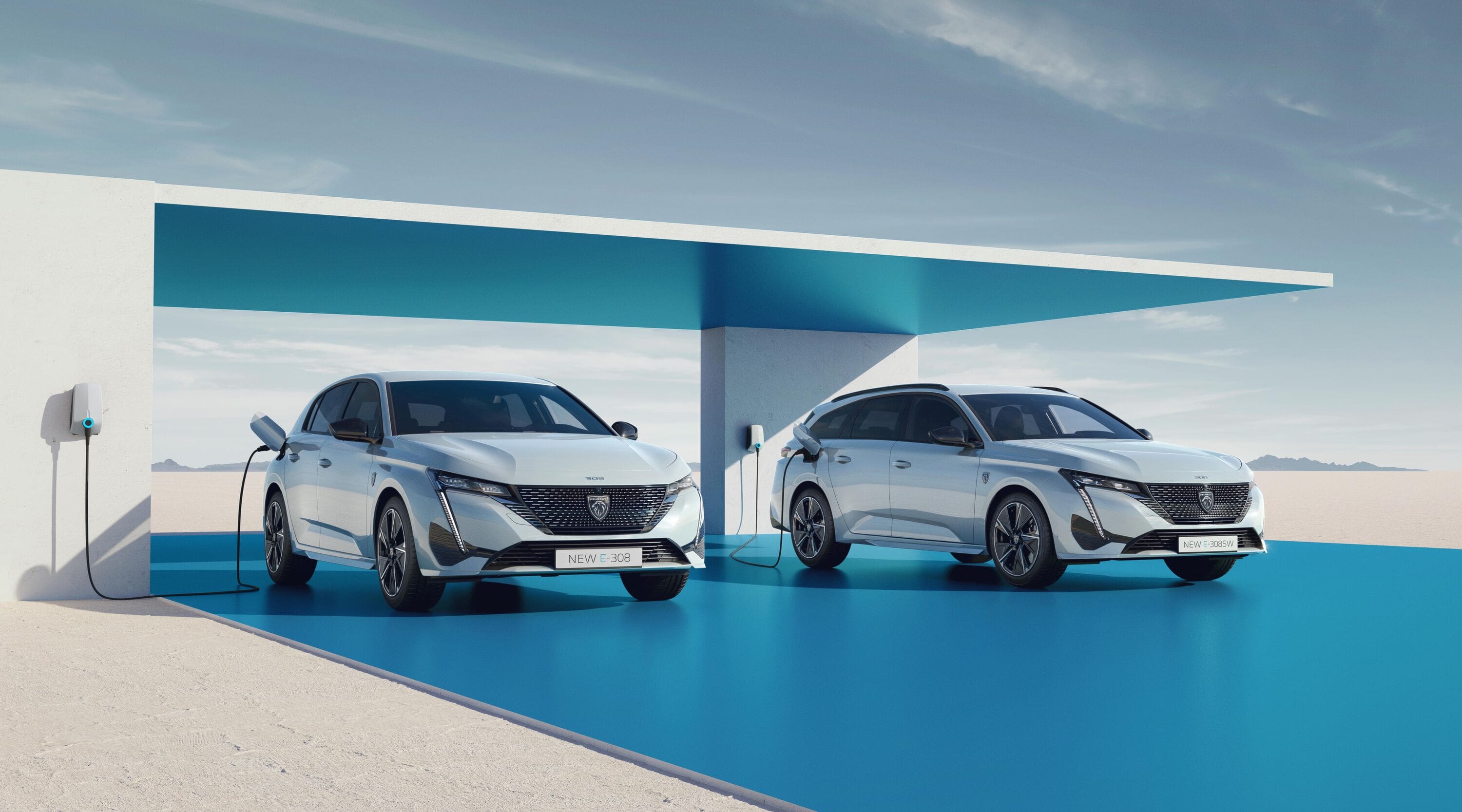Opel Mokka-e Starting Price: €33,038
Price as tested: €34,444
GOOD STUFF
Stunning looks, brilliant chassis, good interior quality
BAD STUFF
Rear seating quite restricted, smaller boot than non-electric version
WHAT IS IT?
The Opel Mokka is now in its second generation. As before, it’s a compact crossover, but now it’s built on the same platform as other Stellantis Group models, such as the DS 3 Crossback and Peugeot 2008, so it’s a very different car to the original, which looked more like an SUV. Impressively, Opel launched the electric version of the Mokka at the same time as the petrol and diesel models.
Here we’re testing the top-of-the-range electric model, called the Mokka-e Elite, and it costs €34,444 including VRT relief and the full SEAI grant for private buyers. There is just one electric powertrain offered, featuring a 100kW electric motor – driving the front wheels – and a 50kWh battery pack.
The official range between charges is 324 kilometres and on rapid chargers it can be recharged at up to 100kW, while the on-board charger allows AC charging up to 7.4kW on single-phase and 11kW on three-phase connections.
HOW ABOUT THE LOOKS?
We love the pert proportions of the Mokka – and there’s little to tell the petrol and diesel versions apart from the Mokka-e. The new ‘Vizor’ face with its gloss black section featuring the Opel badge in the middle may be inspired by models from the seventies, but it looks bang up to date on the Mokka and gives the car a distinctive look. That’s carried through to the unusual side glass profiling, while the upright tail is almost sporty looking with its slender LED lights and the Mokka name emblazoned across the hatch. The lack of roof rails gives the Mokka a ‘tall hatchback’ appearance, which contrasts with the original model.
Pictured here is the retina-searing Matcha Green colour, which won’t be approved of by everyone, but it does show that the Mokka’s shape can carry bold hues. The SRi version comes with a black roof and other black detailing, including black 17-inch alloy wheels, to set it apart. There’s an optional black bonnet, too.
To put the Mokka’s size into perspective, it’s about 90mm longer than the Opel Corsa, nearly 30mm wider and about 100mm taller, too. The Mokka’s wheelbase is about 20mm longer, as well.
WHAT IS THE INSIDE LIKE?
That stretch in the wheelbase helps give the Mokka a little more rear space than the Corsa, but it’s still a bit of a squeeze back there. A couple of adults will fit in so long as they – and those in the front seats – are not especially tall. Two child car seats are all you’ll manage across the seat, but be prepared to get kicked in the back by the little darlings, as space is tight. In short, it’s not really a car for families. Confirming that is the relatively small boot, which is even smaller than that in the petrol and diesel Mokkas. It would struggle to hold a big buggy.
Things are better in the front two seats, where there’s a contemporary design to the whole dashboard, free from gimmicks. Two screens are housed in a plastic surround, one for the – rather plain – digital instrumentation and another for the infotainment. This is usefully high up and not far away from the driver’s line of sight. Unlike some cars in the Stellantis group, the Mokka gets separate physical controls for the air conditioning, etc, which we approve of.
The centre console looks slick because the drive selector is a nub-like switch, similar in idea to that being rolled out across the Volkswagen Group right now. It moves with a satisfying solidity. To the side of it is the Drive Mode toggle, while the driver can press another button to active the enhanced brake energy regeneration setting.
WHAT IS IT LIKE TO DRIVE?
Things get off to a good start from behind the wheel, as there’s adequate visibility in all directions, even though the rear window is quite shallow. The seating position is a little raised, too, which helps with the view down the road. The seats look nice and initially feel comfortable, but a few hours at the wheel reveal that they’re not quite supportive enough for long days at the wheel.
Of course, few drivers that spend all day on the motorway will choose an electric car such as the Mokka-e. Its 324km range is perfectly fine for most commuters, though obviously, it’ll drop closer to 200km if you drive it at the motorway speed limit all of the time.
Wherever you drive the Mokka-e, its chassis impresses. It mixes brilliant body control in the corners with good bump absorption. Indeed, we found it both more comfortable and more composed than the petrol version of the Mokka. And it’s far better to drive than the electric Opel Corsa, too.
The peak outputs of 136PS and 260Nm don’t sound all that much, but the Mokka-e isn’t a particularly heavy car, so it always feels nippy. That’s especially the case if you choose the Sport driving mode. It’s the quickest Mokka in the range, incidentally, so the target audience is unlikely to be disappointed.
WHICH ONE SHOULD I BUY?
While the wider Opel Mokka range includes SC, SRi and Elite trim levels, the electric model is only available in the top two. Pricing, including the VRT rebate and SEAI grant, starts at €33,038 for the sportier looking Mokka-e SRi, while the Elite version is priced at €34,444. There’s very little difference between them when it comes to equipment included at the price. The SRi gets a more overtly sporty look inside and out, while the Elite comes with leather upholstery.
Both versions come with niceties such as adaptive cruise control, 17-inch alloy wheels, auto lights and wipers, rear parking sensors, parking camera, 10-inch touchscreen with navigation, smartphone mirroring for Apple CarPlay and Android Auto, Bluetooth, USB ports and a full complement of active and passive safety equipment.
Even with the EV-buying incentives, the electric models are about €5-6k more than the petrol or diesel equivalents, while the most basic Mokka costs just €23,295.
If you’ve decided you do want and can afford an electric Mokka, it really comes down to whether you like the more eye-catching finish of the SRi version or the option to tone down the appearance with the Elite specification.
IS IT SAFE?
The Opel Mokka scored four stars in the benchmark Euro NCAP safety ratings. That’s good, but not exceptional. Breaking down that score, it achieved 73 per cent adult occupant protection, 75 per cent child occupant protection, 58 per cent ‘vulnerable road users’ protection and 64 per cent on ‘safety assist’, which covers the electronic driver assistance and active safety systems.
The SRi and Elite do get a few extra items of safety equipment over other versions in the line-up, such as Lane Keep Assist with centring, collision avoidance sensor with brake assist for all speeds and pedestrian and cyclist detection alert, so they are safer than the average Mokka.
VERDICT:
A little expensive for the space on offer, but the Mokka-e is a desirable little crossover that punches above its weight on the road.
Spec Check:
Opel Mokka-e Elite
Engine: front-mounted electric motor
Power: 136PS
Torque: 260Nm
0-100km/h: 9.0 seconds
Range: 324km
Top Speed: 150 km/h
Transmission: 1-speed automatic
Co2: 0 g/km
Annual Motor Tax: €120
Luggage Capacity: 310-litres with the seats up, which can extend out to 1,060-litres with the rear seats folded.
Price as tested: €34,444
AA Ireland: August 2021
For more information click here.
For great deals on car insurance click here.










